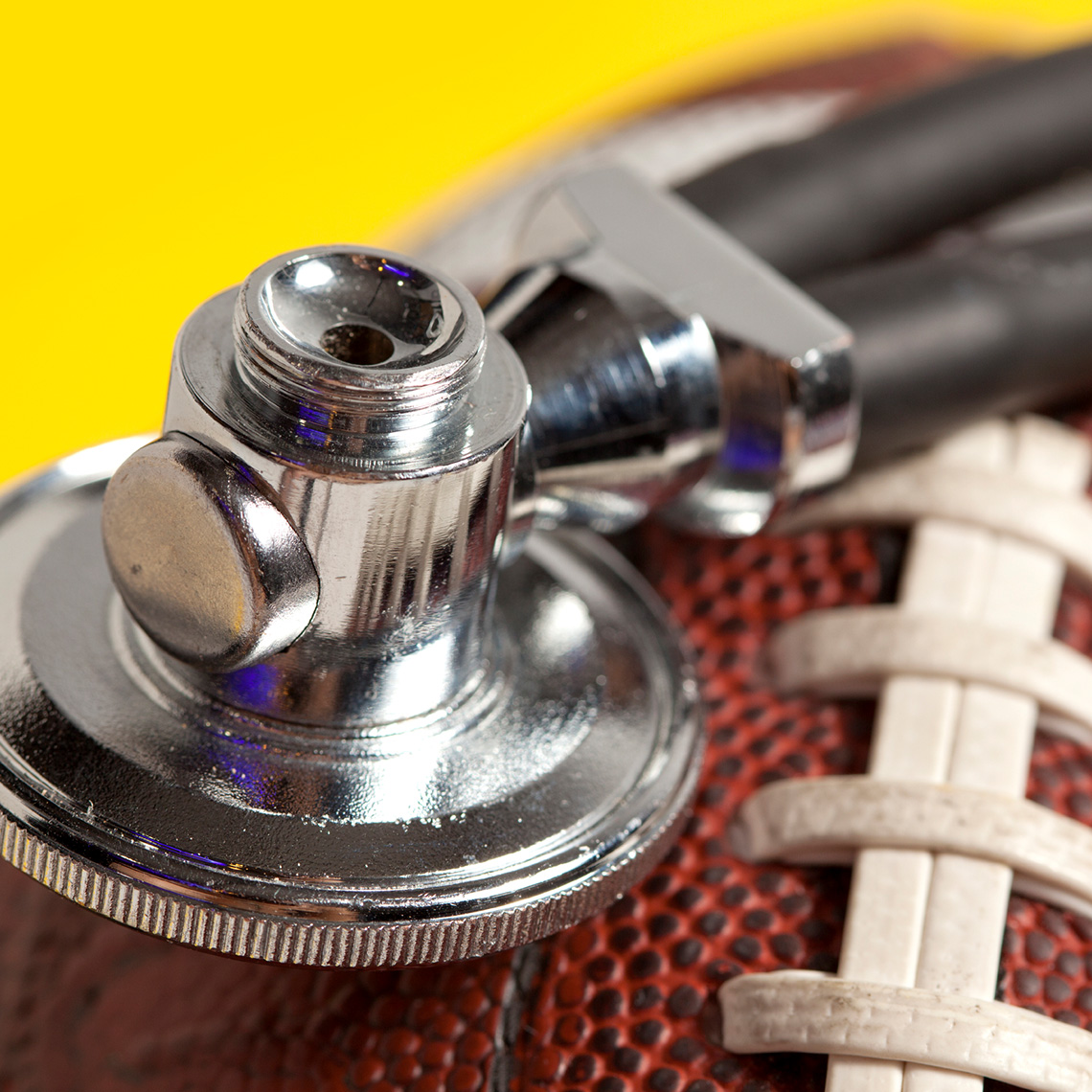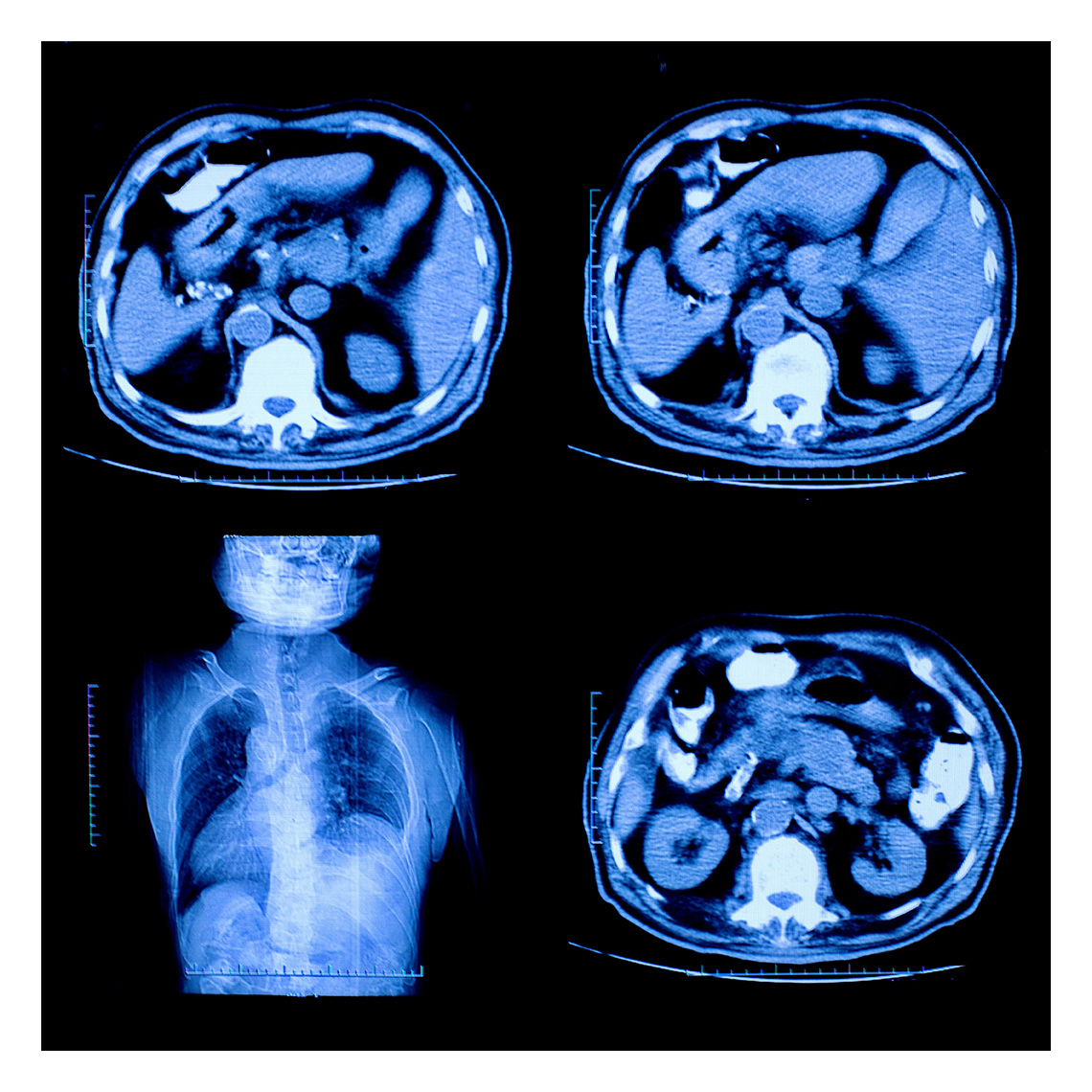Newsletter
Tackling Troubles
Sep 30, 2014

Circle the wagons. Get our story straight. Assure the public that it’s an isolated problem. Don’t ask too many people too many questions. Promise to do better next time. Blame the victim. Hope it blows over.
Football fans may want more offense on the field, but the NFL is clearly emphasizing defense in response to a litany of off-field incidents that mar the league’s image and threaten revenue streams. It’s interesting that many of their reactive tactics were once commonplace in health care organizations in response to medical errors.
What health care has learned, however, is that blaming the victim, hollow promises, cursory investigations, and a lack of transparency only sweep the underlying problem under the rug… until the next time a patient is harmed. An organization's reputation is dependent upon how it responds to crises. For health care, patients (and benefactors) are attuned to how providers act after an adverse event.
- Is the organization defensive or proactive?
- Are the patient and his or her family’s immediate needs the focus of their attention?
- Is someone knowledgeable made available to explain what they know about what happened and answer questions right away (even if the answer is “I don’t know, yet.”)?
- Has leadership been informed and does the organization have all of the information it needs to investigate this event?
- Is communication open in both directions?
- Is there a process in place to determine if this type of error occurred before, or is likely to happen again if something isn’t changed? Is the patient or family included in that process?
Health care organizations that fumble the post-event response imperil their credibility and staff and patient confidence. Those that sincerely embrace a disclosure, apology, and remedy approach are better able to weather the negative repercussions of adverse events, demonstrating to patients and providers that their long-term priority is safer practice and safer care.
Additional Materials
Latest News from CRICO
Utilization of Electronic Health Record Sex and Gender Demographic Fields: A Metadata and Mixed Methods Analysis


